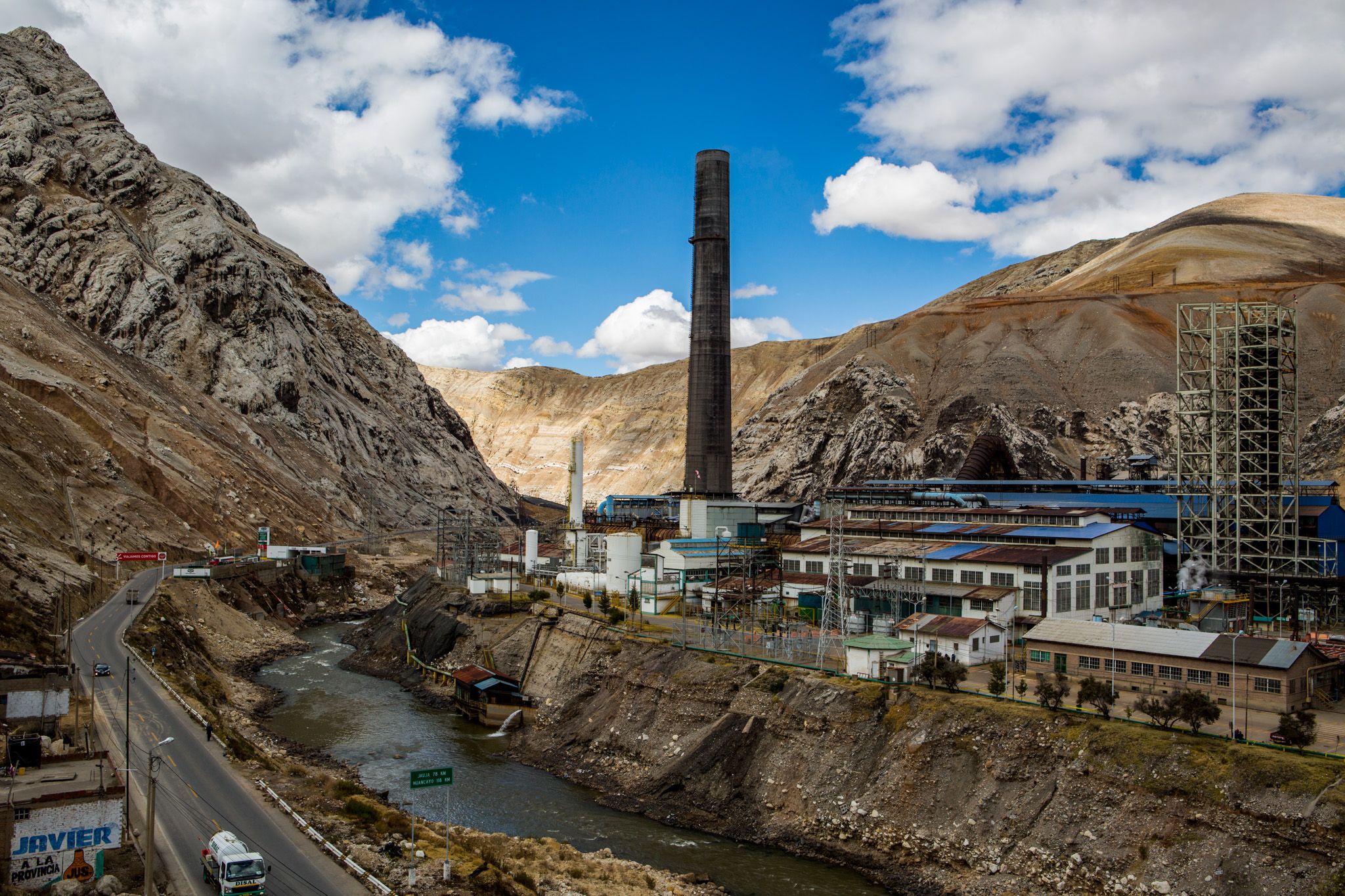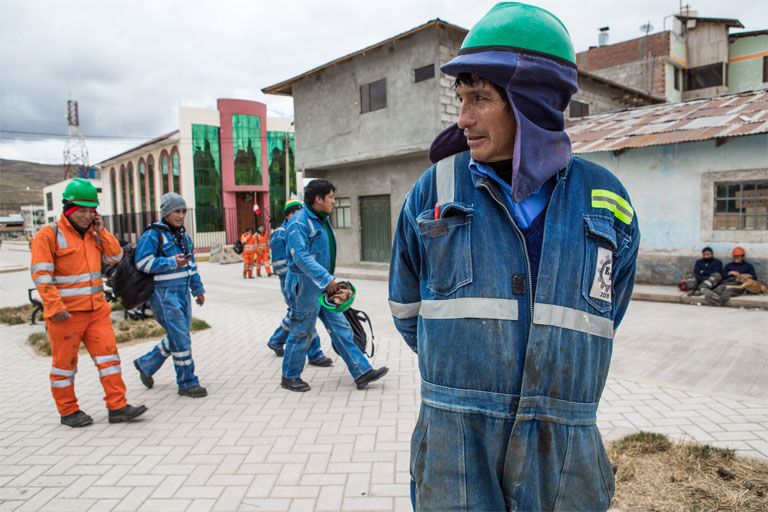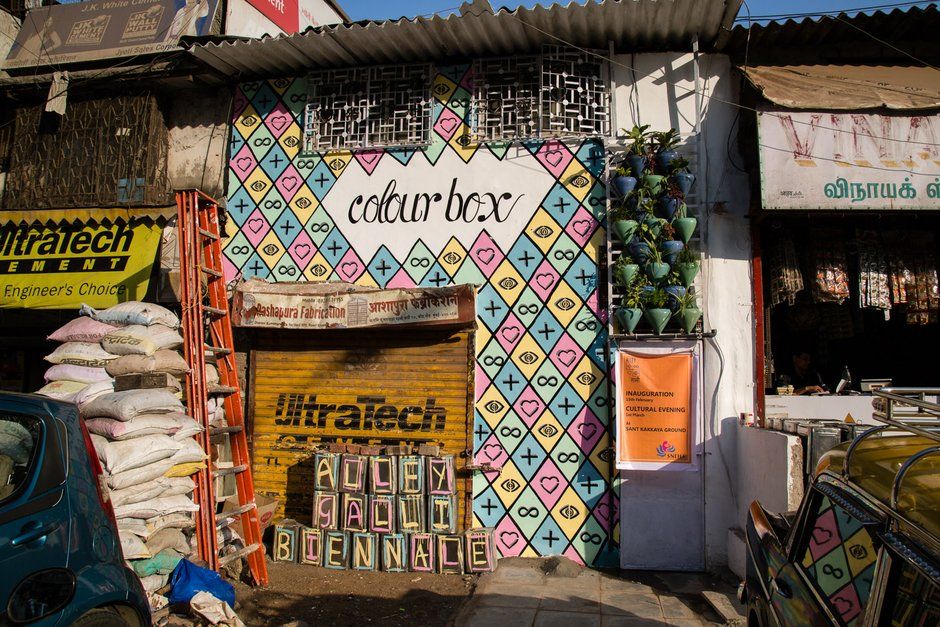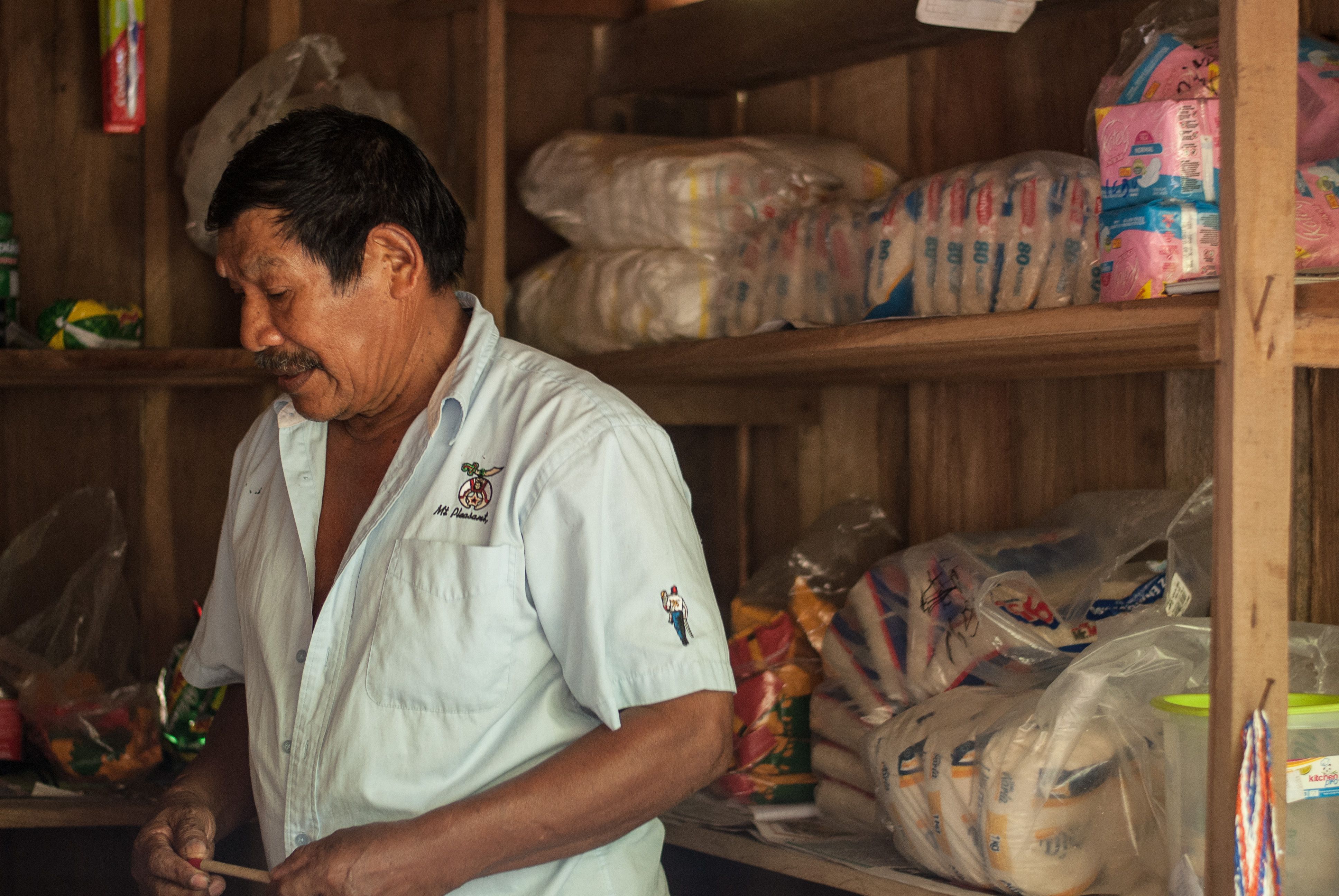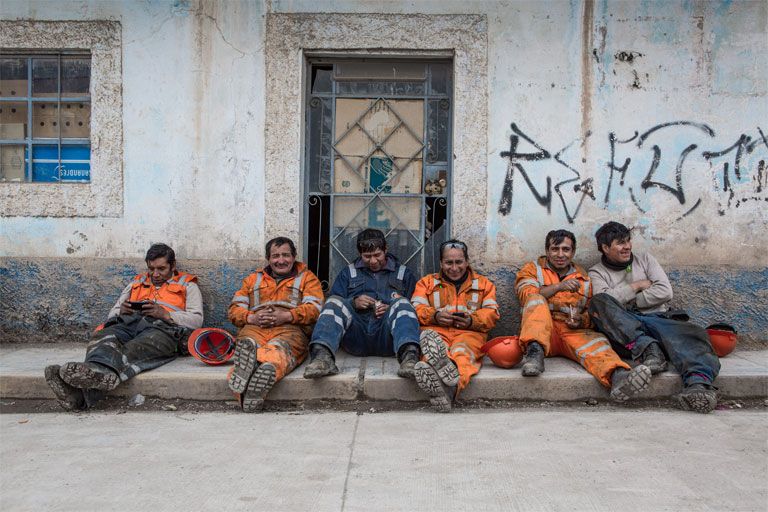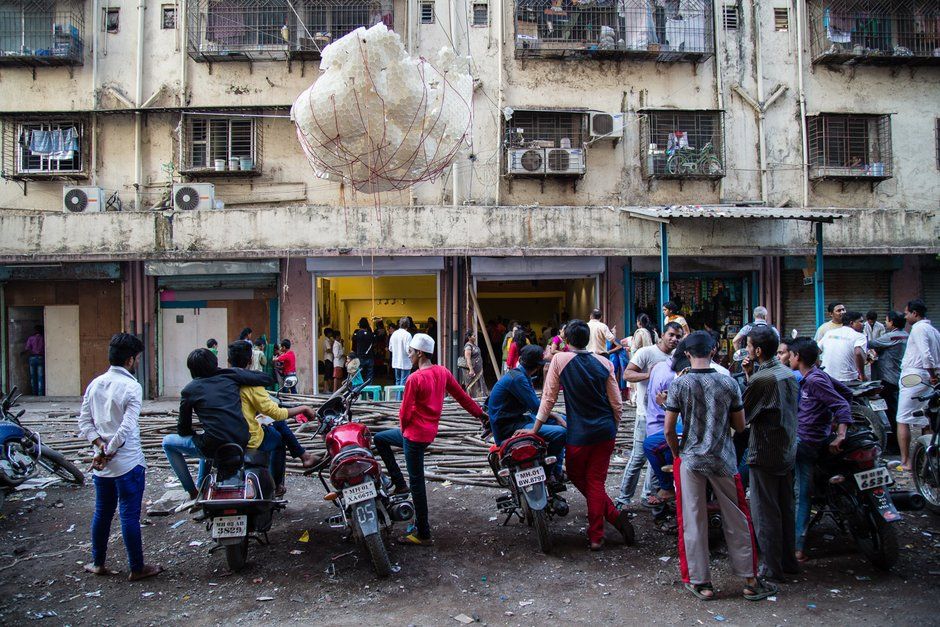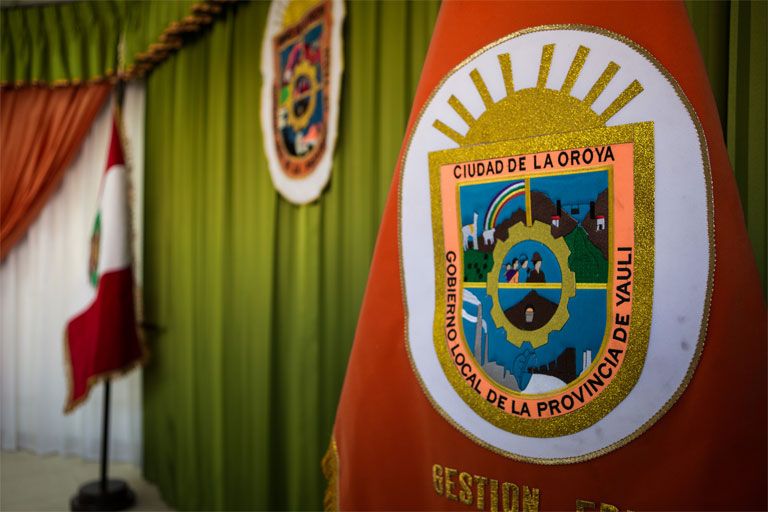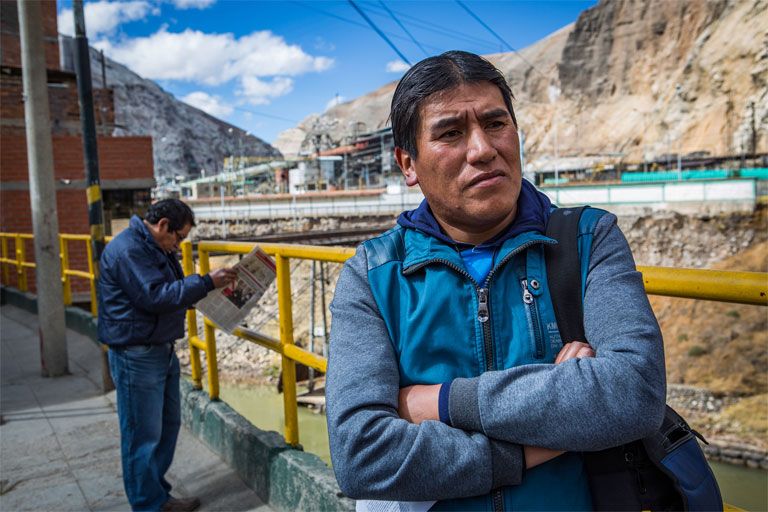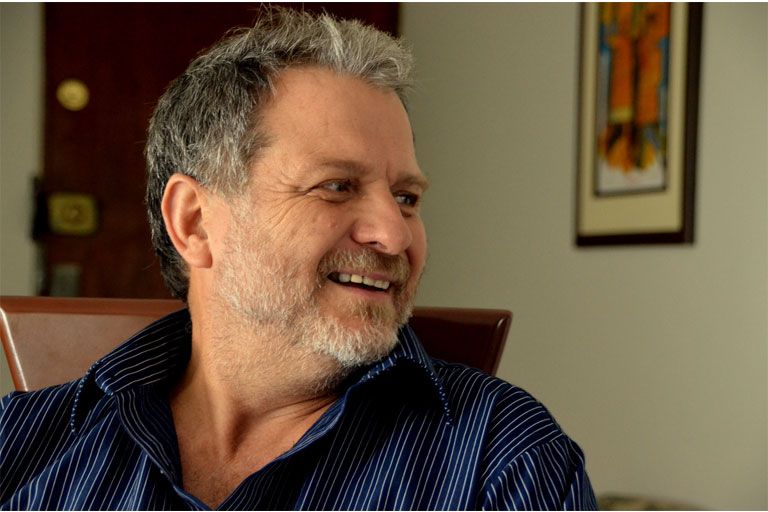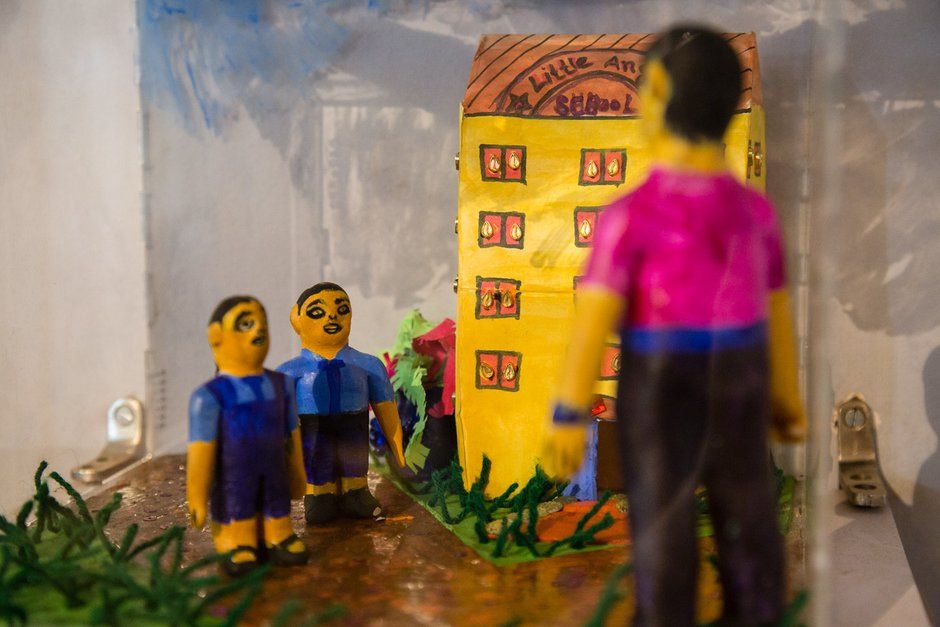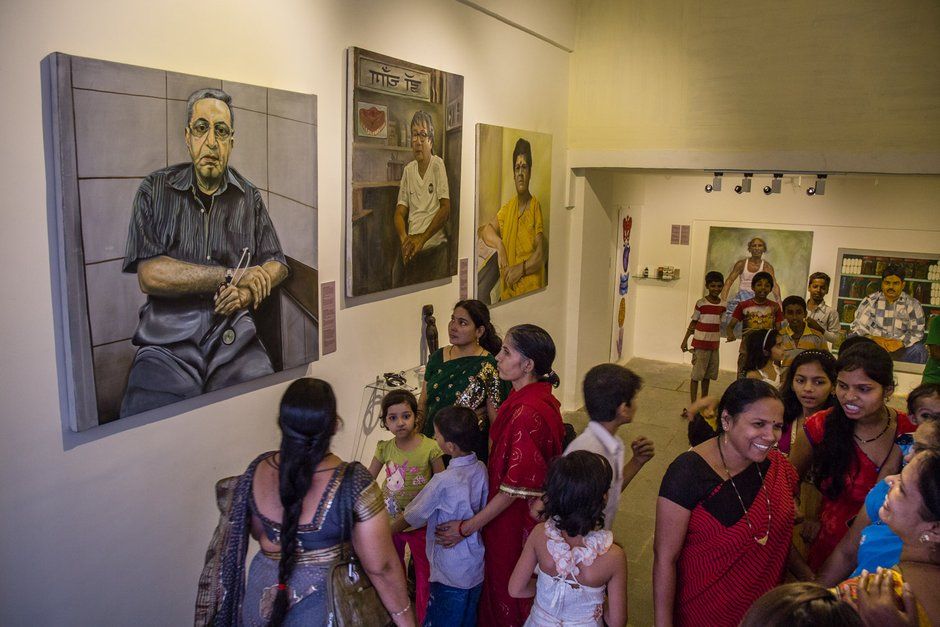June 03, 2016 | Middle School, High School
By Catherine Irving
Please read through the four articles and answer the questions in paragraph form.
Educator Notes:
This is a simple lesson to introduce the idea of looking at saving the environment as a cultural issue rather than political. It is meant to be an introductory homework assignment to spark discussion in class.
